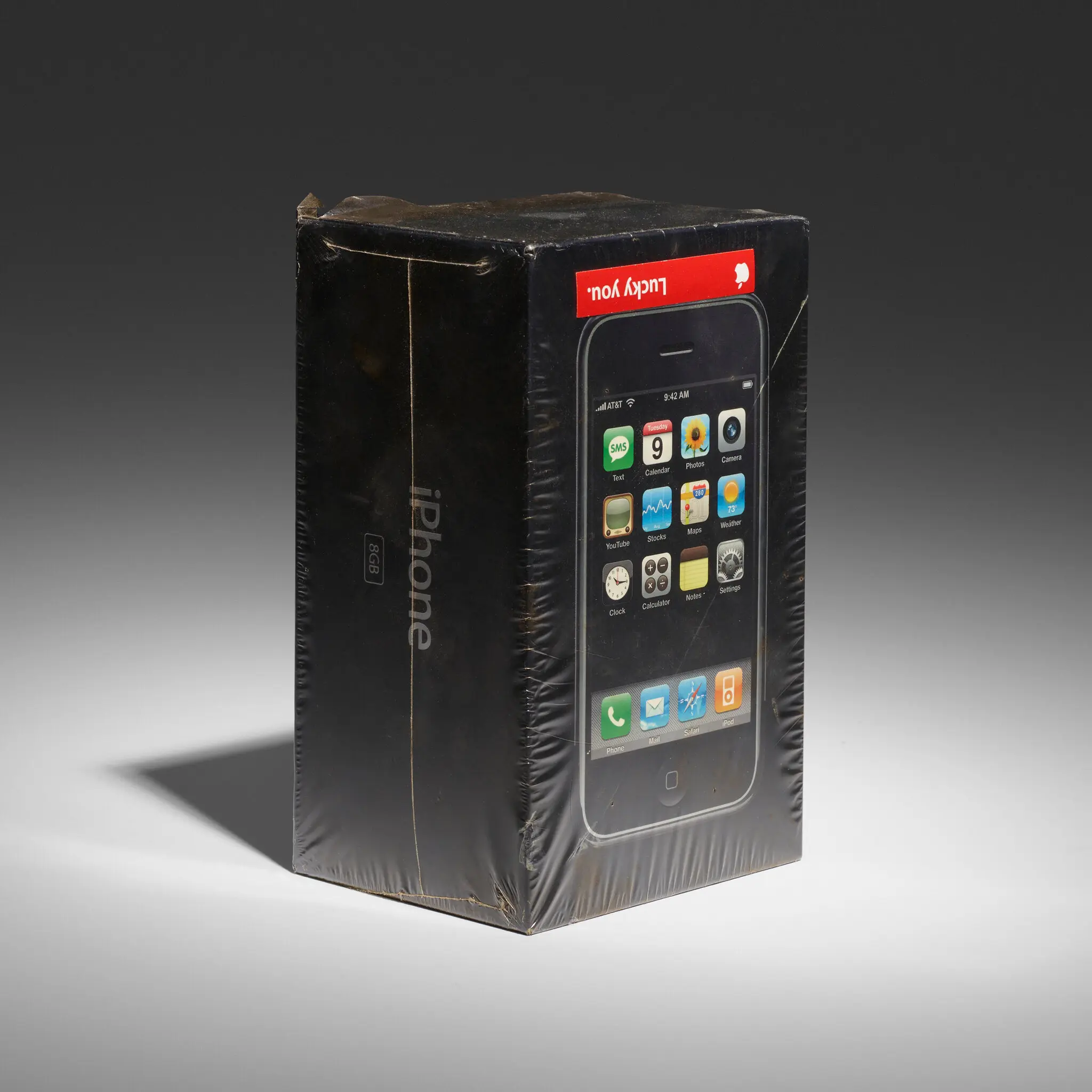The new Huawei smartphone has been utilised by Chinese state media as evidence that American efforts to limit China’s microprocessor development are failing.
According to reports, the Mate 60 Pro, which was unveiled last week, includes chips from Semiconductor Manufacturing International Corporation (SMIC), the nation’s largest contract chip manufacturer.
By restricting access to cutting-edge chips and chip-making technologies, especially in Taiwan, South Korea, and the Netherlands, the US has been attempting to hinder China’s capacity to develop the most cutting-edge semiconductors.
According to experts, the goal is to prevent China’s military from using the chips.
What does Huawei’s new phone’s technology signify for the “chip wars” and how important is it?
The most modern chips from SMIC
The Mate 60 Pro, the first new Huawei phone that supports 5G in years, is powered by Huawei’s proprietary Kirin 9000s chipset made by SMIC employing cutting-edge 7-nanometre technology, according to a teardown by Ottawa-based TechInsights.
The most cutting-edge chip that SMIC was formerly renowned for producing was 14 nm.
Faster processing is achieved by using smaller nanometer technologies.
As of 2019, the US barred Huawei from utilising the chip-making equipment necessary to create the most cutting-edge handset models. As a result, the business could only sell a small number of 5G models using chips that were already in stock.
A firm that once challenged with Apple and Samsung to be the largest handset manufacturer in the world had its business destroyed by the limitations.
Chinese social media users and state media went into a state of excitement after the new phone was unexpectedly released last week without any fanfare or even an official launch ceremony.
Online sales of the original batch were swift, and more stock wasn’t anticipated until mid-September.
The state-owned newspaper Global Times was jubilant and noted in one of its editorials that the phone had gone off when US Commerce Secretary Gina Raimondo was in China, claiming it was evidence that the US had failed with its “extreme crackdown on China.”
“The resurgence of Huawei smartphones after three years of forced silence is enough to prove that the US’s extreme suppression has failed,” the editorial stated.
State media made statements without citing any sources or supporting information.
Users on social media rejoiced, comparing it to the mythical Monkey King escaping from a mountain, and for many days, searches for Huawei were trending on the Weibo messaging service.
Discover more from TrpUnfolds
Subscribe to get the latest posts sent to your email.


